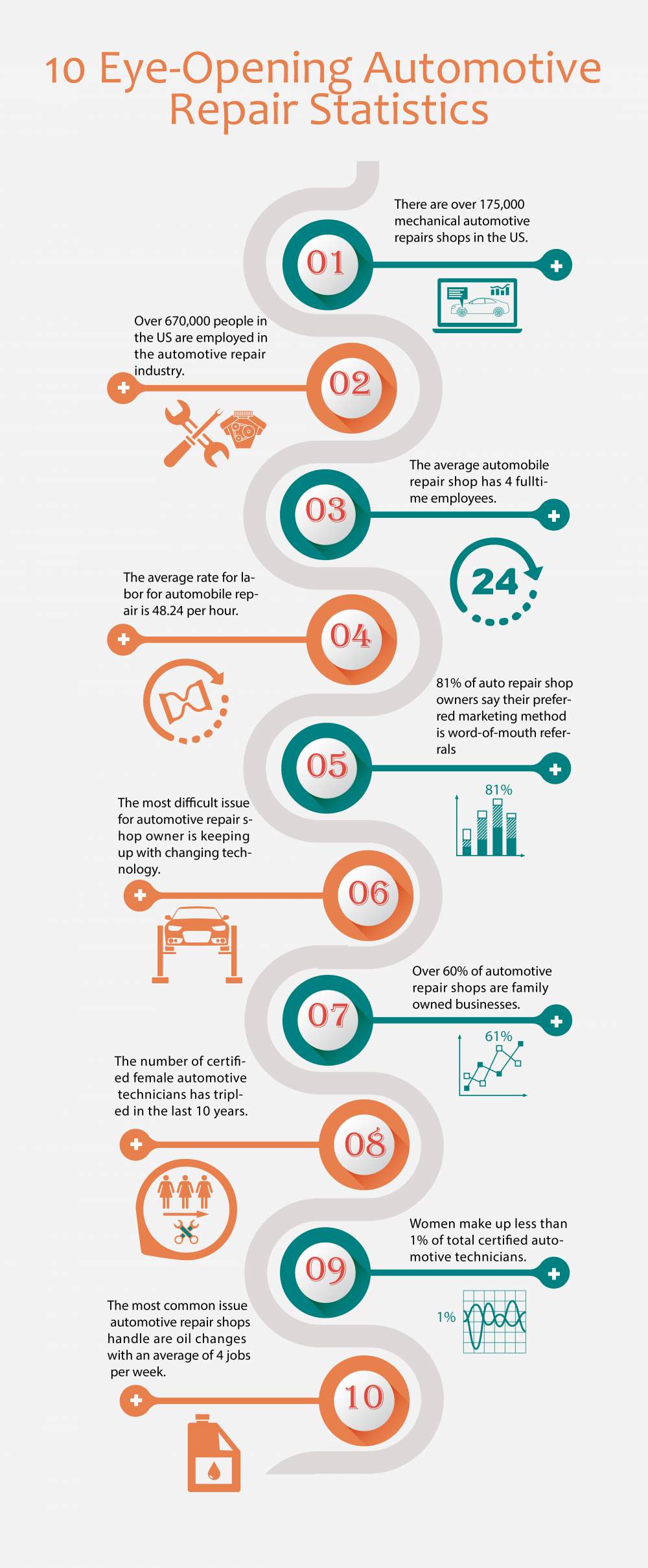Interested Concerning Those Control Panel Warning Lights In Your Car? Figure Out What They Mean For Your Lorry'S Health And Wellness
Interested Concerning Those Control Panel Warning Lights In Your Car? Figure Out What They Mean For Your Lorry'S Health And Wellness
Blog Article
Material Writer-Johannsen Boyer
When you lag the wheel, those beautiful warning lights on your control panel can be a bit perplexing. Do you know what they're trying to tell you regarding your automobile's wellness? Recognizing the value of these lights is important for your security and the longevity of your lorry. So, the next time one of those lights turns up, wouldn't you intend to decipher its message properly and take the necessary actions to address it?
Common Caution Lighting and Interpretations
Recognize usual caution lights in your auto and comprehend their significances to ensure safe driving.
The most common caution lights consist of the check engine light, which signifies problems with the engine or discharges system. If this light comes on, it's vital to have your lorry checked quickly.
The oil pressure cautioning light shows reduced oil stress, requiring immediate focus to stop engine damages.
A blinking battery light could suggest a malfunctioning charging system, possibly leaving you stranded otherwise addressed.
The tire stress tracking system (TPMS) light alerts you to reduced tire stress, influencing lorry stability and gas effectiveness. Disregarding this can lead to unsafe driving problems.
The abdominal muscle light suggests a problem with the anti-lock braking system, jeopardizing your capability to quit promptly in emergencies.
Lastly, the coolant temperature level cautioning light warns of engine getting too hot, which can result in severe damage if not settled quickly.
Understanding these usual caution lights will aid you resolve problems without delay and keep secure driving conditions.
Value of Prompt Interest
Recognizing the typical warning lights in your automobile is just the initial step; the significance of quickly dealing with these cautions can't be stressed enough to ensure your safety when driving.
When a caution light illuminates on your control panel, it's your car's way of connecting a possible concern that needs attention. Overlooking linked site can cause extra extreme troubles in the future, endangering your safety and possibly costing you a lot more in repairs.
Motivate focus to advising lights can prevent failures and crashes. As an example, a flashing check engine light can show a misfire that, if left neglected, can create damages to the catalytic converter. Resolving browse this site can save you from an expensive repair service.
In a similar way, a brake system advising light might signify reduced brake liquid or worn brake pads, important elements for your security when driving.
DIY Troubleshooting Tips
If you notice a caution light on your dashboard, there are a couple of DIY troubleshooting ideas you can try before seeking expert assistance.
The first step is to consult your car's manual to understand what the particular caution light suggests. Sometimes the concern can be as simple as a loose gas cap triggering the check engine light. Tightening the gas cap may resolve the issue.
One more typical issue is a reduced battery, which can trigger various cautioning lights. Inspecting the battery links for deterioration and guaranteeing they're protected might fix the problem.
If a caution light persists, you can attempt resetting it by detaching the vehicle's battery for a couple of mins and after that reconnecting it. Additionally, checking cheapest brake repair near me , such as oil, coolant, and brake fluid, can aid troubleshoot warning lights related to these systems.
Final thought
In conclusion, recognizing your cars and truck's caution lights is essential for keeping your car running efficiently and safely. By immediately dealing with these informs and recognizing what they suggest, you can stay clear of expensive fixings and potential break downs.
Keep in mind to consult your auto's guidebook for specific details on each cautioning light and take action appropriately to ensure a hassle-free driving experience.
Remain notified, stay risk-free on the road!
